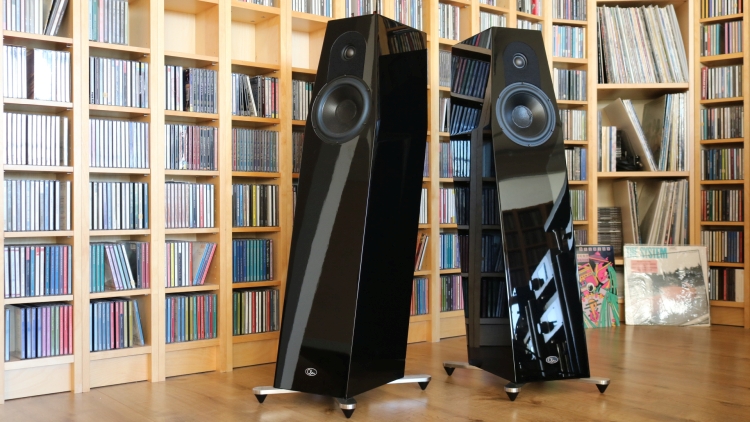
Review sample supplied by Hexagon Audio
Retail price in the NL including 21% VAT:
White Matt or Walnut Matt 9.500 euro
High-Gloss Piano Black (as reviewed) on request
Design
The Qln Prestige Three is a 2-way floor standing speaker, based on the classic Qln Signature 3 design. Several parts have been sourced from the earlier design, such as the time alignment leaning baffle, and the minimized baffle area around the dive units. The crossover has been redesigned and major parts have been improved.
A slanted baffle provides better time alignment between woofer and tweeter while the truncated pyramid cabinet top with its minimized baffle area suppresses any standing waves inside the cabinet also offering improved 3D imaging. Qln employs a proprietary Qboard® technology that seeks to eliminate structural resonances while the bass reflex port with its trumpet shape at both ends reduces air turbulence.
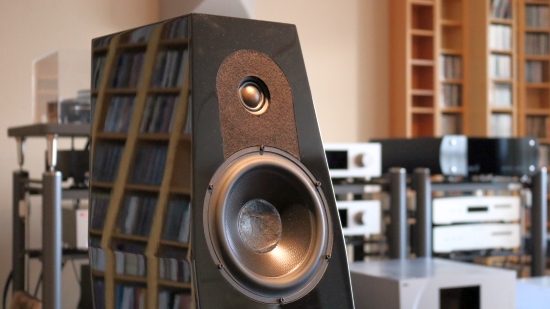
The cabinet is coupled to / decoupled from the floor via solid feet with cones and pucks constructed out of hard, high damping materials. The constant impedance crossover has been redesigned and is hardwired with non-inductive capacitors for the tweeter part and high-end oil-filled capacitors for the woofer part with flat foil inductors used in the most critical places. All components are fastened with damping glue and the remaining coils are baked to avoid any internal component and filter resonances. Finally, high-power-handling resistors offer lower noise and temperature-stable performance.
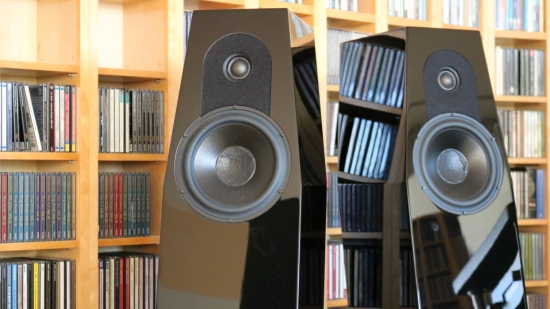
Drivers
The bass/mid-range and treble drivers have been specifically selected and custom developed by industry renowned Danish driver manufacturer Scan-Speak and they offer the latest in 21st-century advanced driver technology. The coated Kevlar® bass/midrange driver with its built-in copper rings in the magnet system offers symmetric drive and higher dynamics in the midrange concurrently suppressing intermodulation distortion. In addition, the long-stroke woofer with its 19mm long voice coil works in a perfect match to the cabinet’s large inner volume which results in bass output to below 30Hz. The tweeter’s large roll surround and textile dome diaphragm provide a flat frequency response above 30 kHz with great off-axis dispersion while the AirCirc magnet system and its rear chamber seek to eliminate any reflections and resonances.
Cables and connectors
The internal cabling is a proprietary design that is produced in Sweden. Solid core pure copper wires are wrapped around a polypropylene core with polypropylene isolation. The speaker terminals are WBT silver/copper Nextgen® types with minimal connection material.
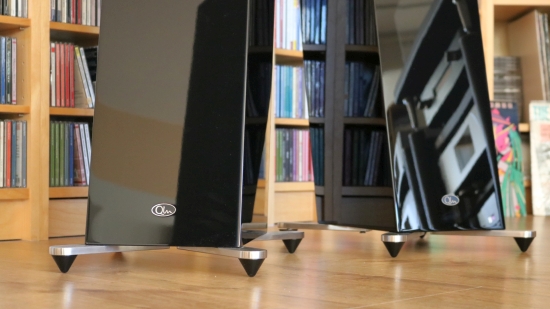
High Gloss Piano Black
The Piano Black version of my review samples is a Built-To-Order option. Please check the availability with your supplier.
System Context
For this review, I used my main system, consisting in the basis of the CH C1 DAC, CH L1 preamp, CH A1.5 power amp, and Magico S1 MkII speakers. The digital sources in this case are the Aqua La Diva M2 CD transport and the Grimm MU1 music server.
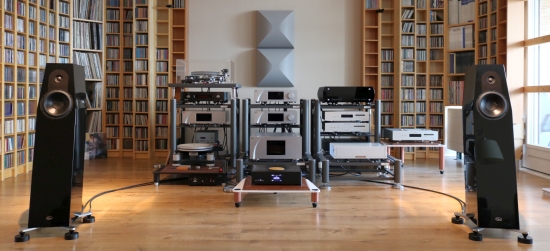
Preface
Late 2020, I reviewed the Qln Prestige One, which can, in a way, be seen as the monitor version of the Three. However, I should note that the Ones that I reviewed have evolved into a new model with the same form factor as the Threes that I am reviewing here. With this change, they are placed in a higher performance tier and this comes along with a considerably higher 6800-euro price. The actual successor of the Prestige One is the 2950-euro Q10.
Listening
Thinking back on my experience with the old Prestige One, there are indeed parallels but mostly the Three is a different design. For instance, while the Prestige One was quite bright and spicy, the Three has a relaxed and remarkably full sound with no overt brightness.
Often, new speakers require some experimenting to find the ideal spots but when placed in the same positions as the Magicos and with a similar amount of toe-in, the Prestige Three’s already provided pretty much an ideal balance. The speakers sound well-balanced and have a very natural and decidedly non-technical delivery which makes them provide an instantly enjoyable sound.
On the surface, the frequency response seems quite linear but with well-known recordings, I feel that the midrange is slightly recessed. The speakers really do sound quite uncolored but I do detect what I think is the Scan-Speak woofer’s inherent fullness of tonality and an associated feeling of midrange warmth. However, I do not hear any cabinet influences, which speaks greatly for their design.
While the Three’s warmth leads to a lessened sense of openness and attack with snare drums and other percussion instruments or other sounds with sharp transients when compared to the Magicos, but also in comparison to the Qln Prestige ones or the Diptique DP-107 dipole ribbon speakers that I am currently also reviewing, it also lends a seductive smoothness to vocals and a forgiving quality to the overall sound, which makes the speakers very easy to listen to.
At any volume level, the speakers have a smooth, rich, and warm delivery with impressive spatiality. Meanwhile, the treble is open and airy and detailed, and the tweeter handles transients very well. There’s no sharpness or edge but if the recording requires it, there’s plenty of bite.
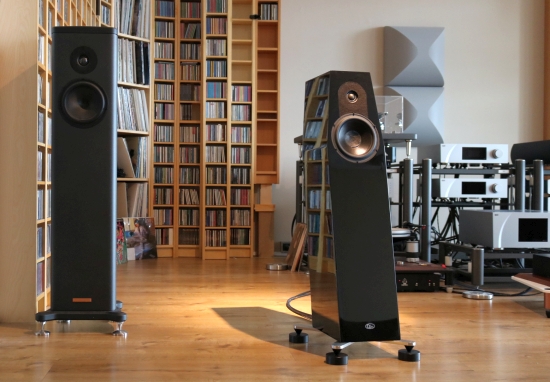
One of the Three’s standout qualities is the soundstaging. The speakers sound very spacious and image deeply. In addition, they have excellent focus, and they always have an effortless free-flowing quality to everything that is played. In addition, the music is projected freely and simply never sticks to the speaker enclosures.
At 96cm tall, they are quite a bit smaller than the 114cm S1 MkII’s but they are deeper and have a ported design and as a result, they extend similarly as deeply as the taller Magicos. Based on my subjective listening tests, I’d say that they are pretty much flat until 40Hz, below which they roll off, just like the Magicos and other speakers of this size. Sometimes, ported speakers can produce an uneven bass output but with the Three’s, clearly, the port has been implemented thoughtfully. There’s no bumpiness nor any attenuation that I can detect. Not only is the bass very linear, but it is also agile, fast, and powerful. Certainly given their size, I feel that the Threes actually have remarkably great bass.
Note that I have arranged my system and listening position such that the room has as little influence on the speakers as possible. That means that, when seated in the listening position, there are barely any room modes to color the sound or create peaks or nulls, but it also means that the room does not get the chance to provide some extension at the bass port’s limit. Thus, in smaller rooms, or when the speakers are positioned closer to the rear wall, the Three’s bass will likely be even more impressive.
The bass is more voluptuous and riper than that of the Magicos and in the process, an amount of transparency and precision is traded in. However, it’s certainly not bloomy and actually quite articulate. And while they may not extend deeper than the Magicos, basically rolling off below 40Hz, the Threes do sound fuller and richer in the bass, as well as throughout the frequency range. My guess is that many listeners may find the balance between warmth and precision to be just about perfect.
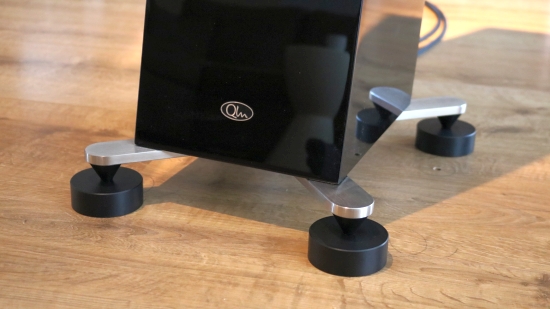
Floor Discs
Up until this point, I was listening to the speakers placed with their large Nylon-like cones directly on the floor. Adding the large Nylon discs had a surprisingly large impact, adding solidity and delineation to the bass and slightly increasing the midrange attack while further expanding the soundstage in all directions. There’s an interesting parallel between the influence of these discs and the Nylon discs that I use between the steel floor discs and the floor with the Artesania Exoteryc racks which is that the discs provide enhancement in many areas but without adding hardness or edge.
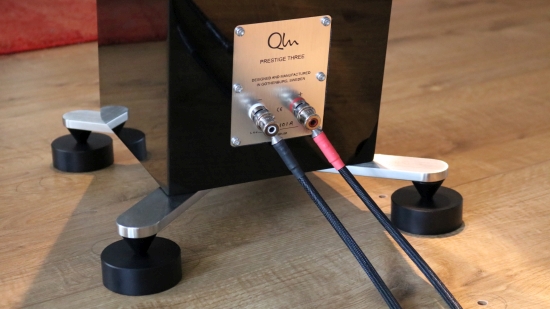
Speaker Cables
All listening so far was done using the Jorma Trinity speaker cables that match very well, providing a great balance between precision and control, along with a natural timbre. With the Driade Flow 405 speaker cable, the Threes sound more fluid, and even smoother and organic while retaining most of the Jorma’s definition. But given the Three’s already smooth presentation, I’d recommend using them with more direct-sounding cables such as the aforementioned Jorma. On the more affordable end of the scale, the Foilflex cables also worked great, allowing the Threes to shine in terms of detail, resolution, and transient behavior while the speakers’ inherently warm and spacious delivery avoids any leanness.
Interlinks
On the interlink side, my default cable between preamp and power amp is the AudioQuest Fire but between the C1 DAC and L1 preamp, I’m still experimenting to find the ideal interlink and so I swap cables now and then. Lately, I’ve been listening with the Final Touch Audio Ganymede which works sublimely well with the L1 and the Magicos. The L1 preamp has a slightly lean and slightly cool sound and the Ganymede’s ultra-refined and -fluid delivery fills this in just nicely but with the Qln’s, such extra finesse is not really required. Changing to the Foilflex interlinks does a great job of getting the most from the Threes in terms of transparency, articulation, and resolution but this also pulls the sound over to a more revealing and analytical side. A final change to the Driade Flow Link Reference 808 proved to also work beautifully. These cables retain a very neutral balance with similar precision and resolution as the Foilflex, but with added fluidity and flow, and yet, without lowering the pacing or reducing the dynamics.
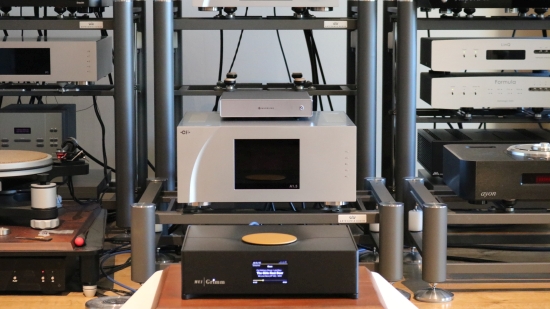
Amplifier
As a final test, instead of the CH A1.5, I reconnected the NuPrime AMG-STA that had been gathering dust for some time. Well, its sound was far from dusty! Just as I had noticed during its review and many times thereafter, the little amp really performs way beyond its price tag, providing a very linear and very neutral yet surprisingly fluid and refined sound. In its overall balance, the amp is actually not too dissimilar to that of the big Swiss amp, albeit with less authority, incisiveness, and precision. But the interesting part is that the AMG-STA also matches superbly well with the Threes. It has more than enough power and higher resolution and refinement than most if not all of the competition at its price point.
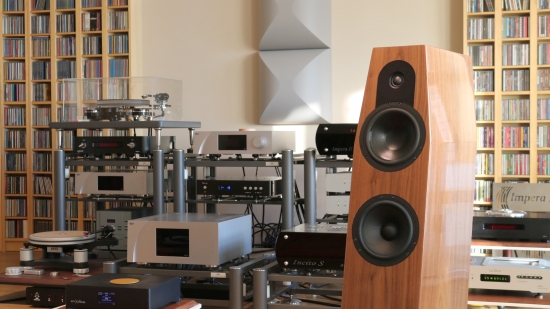
Model Five
For most rooms, I’d say that the Three provides more than enough bass while also being capable of playing loudly enough, certainly for my taste. But for those who desire deeper and more voluptuous bass, and no doubt higher output levels, there is the Model Five.
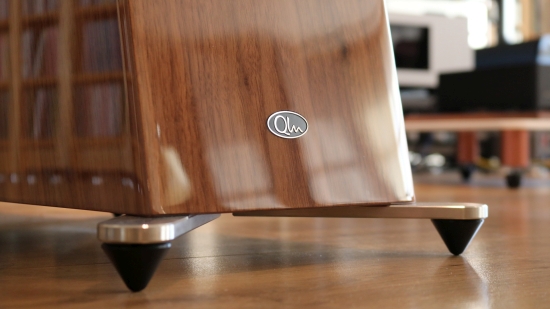
The Prestige Five as pictured here is in the beautiful high-gloss walnut finish.
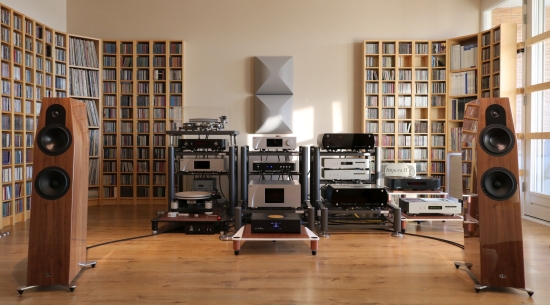
Having listened to the Five briefly, I can confirm that they have a similar tonal balance, the same natural sound, and indeed, quite prodigious bass. However, as is often the case when comparing pure two-way speakers to more complex variants, you lose some of the purity and soundstaging freedom, meaning that the choice between the two comes down to personal priorities.
Conclusion
Of the Qln speakers that I have heard so far, in terms of value for money, the Threes occupy the sweet spot. They have a smooth, rich, and gently warm delivery with impressive spatiality. Even in my relatively large space, the speakers have plenty of bass while extending very deeply. Meanwhile, the treble is open and airy and detailed, and the tweeter handles transients very well. There’s no sharpness or edge but if the recording requires it, there’s plenty of bite. The speakers may be smooth and rich, but they are absolutely not boring!
External Links
Distributor for the NL/Belgium: Hexagon Audio
Manufacturer’s website: Qln
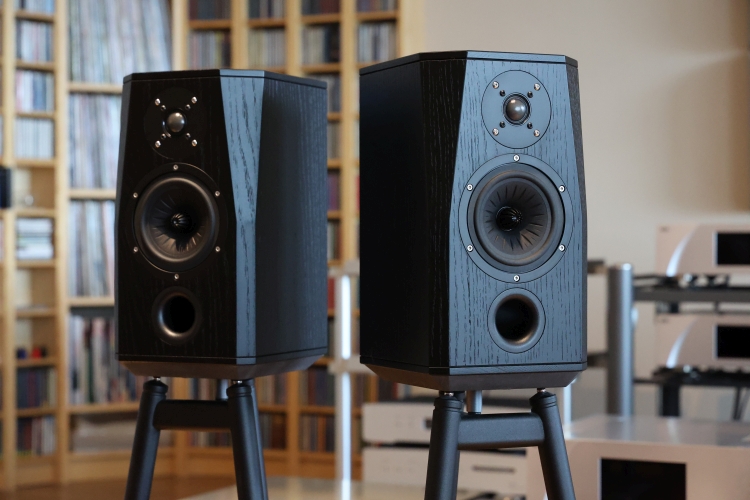
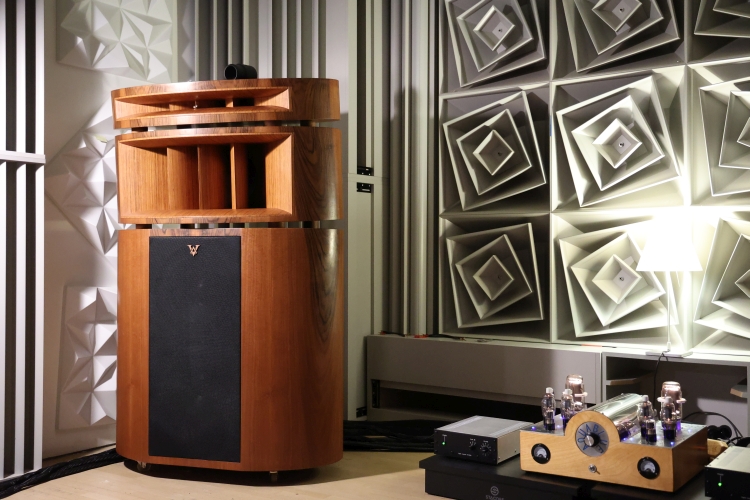
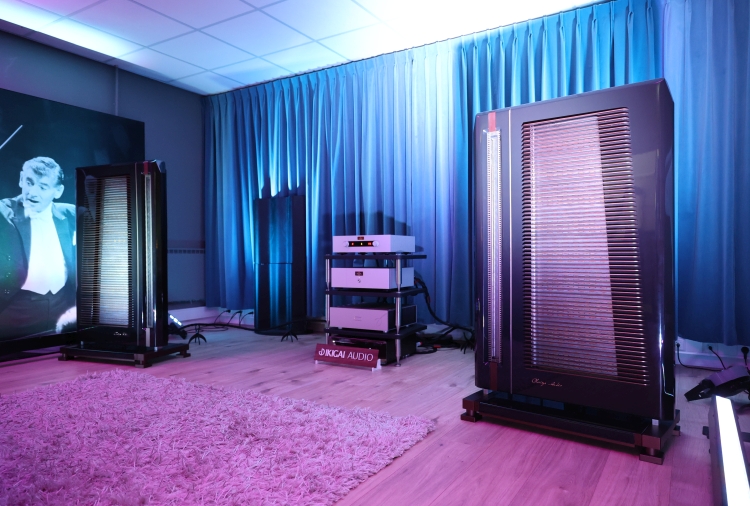
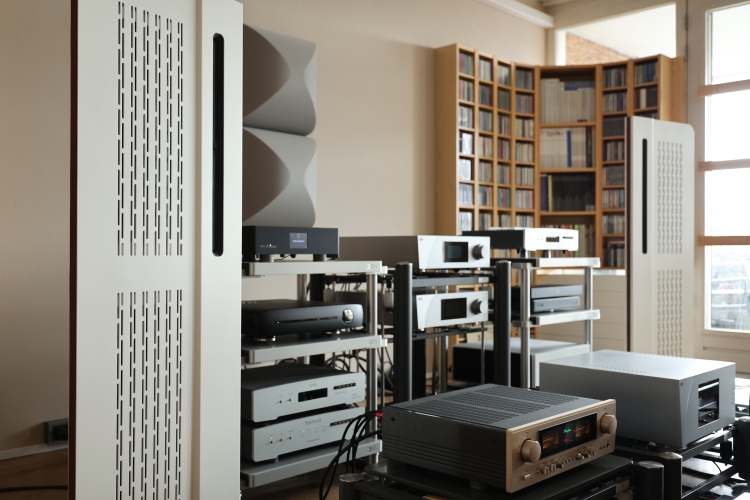
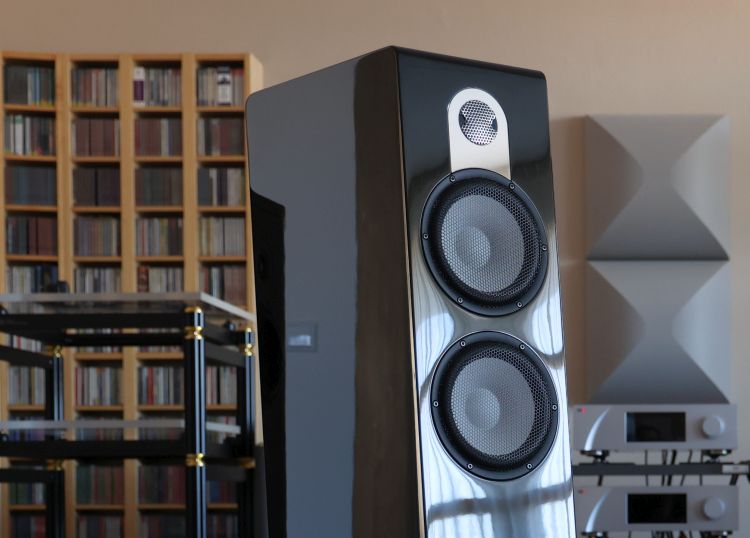
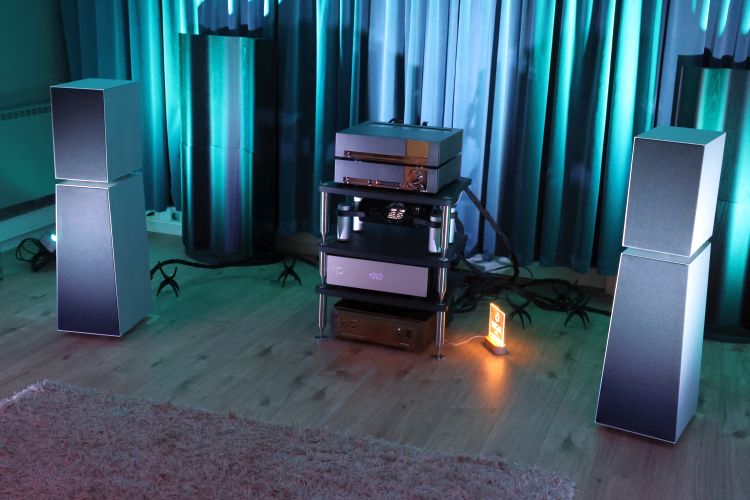
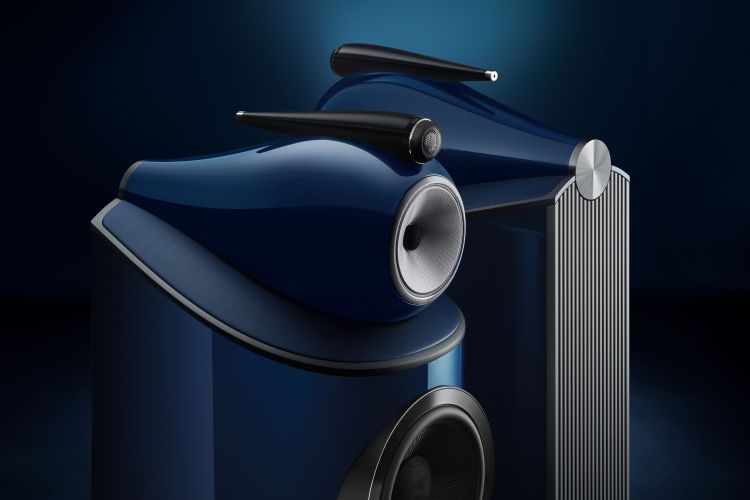
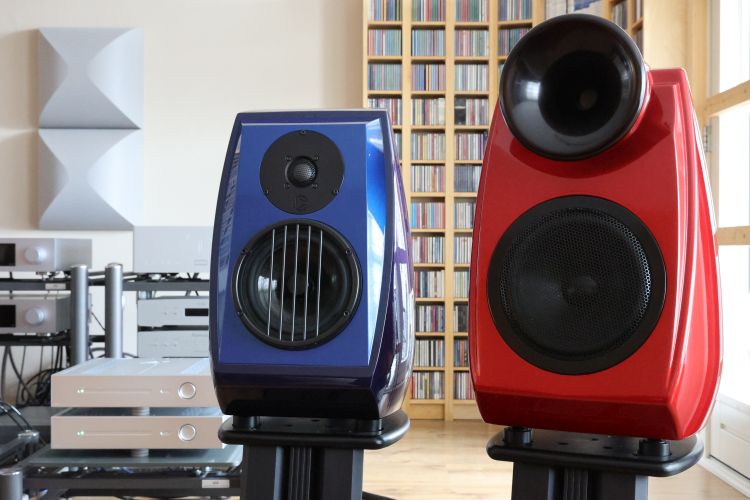
Will VTL tube 250 mono blocks over work well with this speaker.
Yes, I would think so.
Hi Christiaan.
Great review and pleased to see pictures of your room.
Reaching back to memory could you compare QLN 3 and 5 with Wilson Audio Sabrina? If you could pick one, which would it be and why?
Hi Arek, please note I have only heard and reviewed the original Sabrina, not the later X model. But between the initial Sabrina and the Qln, it’s a tough call since they are more similar than different (both sound warm and relaxed) and there are many years between the listening sessions, but I think I would personally choose the Qln for its cleaner and more transparent delivery. The old Sabrina had what I will disrespectfully refer to as a wooden coloration which I do not hear with the Qln. The new SabrinaX is said to have improved across the board, and particularly in this area, with the exchange of MDF for more of their special formula X-material.